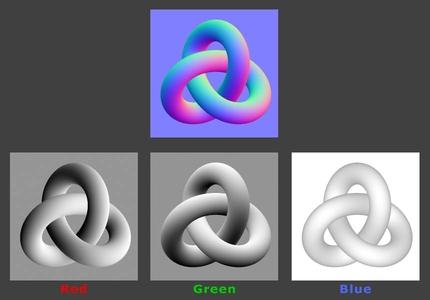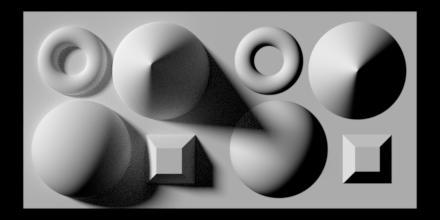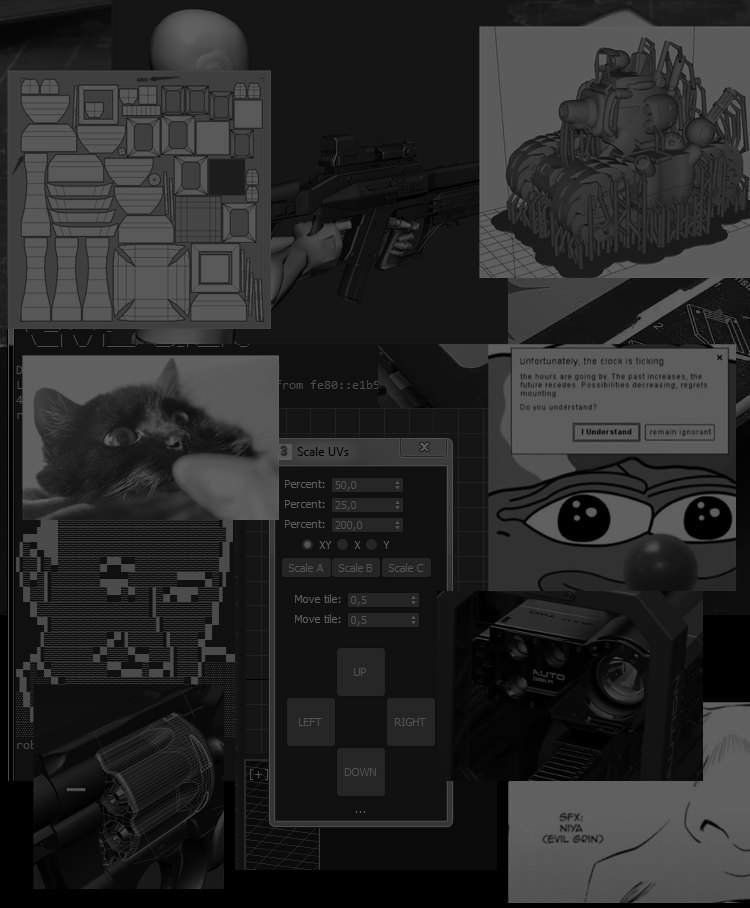
A handy dictionary of terminology used by 3d artist doing 3d art in 3d art industry.
by piro
#A
Albedo map
- technically, albedo its a ratio of radiation reflected to radiation incident. For CG, all you need to know that albedo map is a map of colors, without any light data - no shadows, no ao, no specular reflections applied onto diffuse.
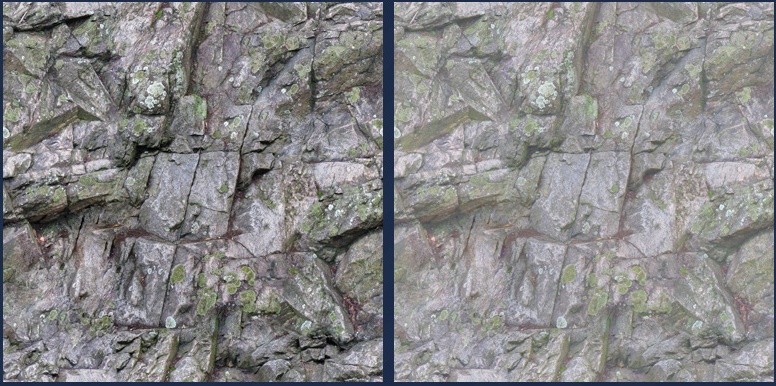
Ambient Occlusion
- often named Occlusion (bit incorrect), Ambient (bit incorrect), AO - name for a shading type that shows how much an object is "occluded" from or exposed to light, and that include self-shadowing - if you have a 3d box, and make hole in it, naturally the hole inside should be darker, since ambient light have more troubles getting inside - this applies to almost all objects that are close to each other. You can either render AO in realtime using various techniques like SSAO, or bake it into a texturemap.

Ambient Occlusion map
- AO map - a baked (rendered) map with detailed informations about ambient occlusion lighting - sometimes called lightmap as well, but not every lightmap might contain ao, and not every ao map could contain shadows - sometimes these are two different sets of maps, usually used inside game engines on levels. Usually stored in single 8bit channel.
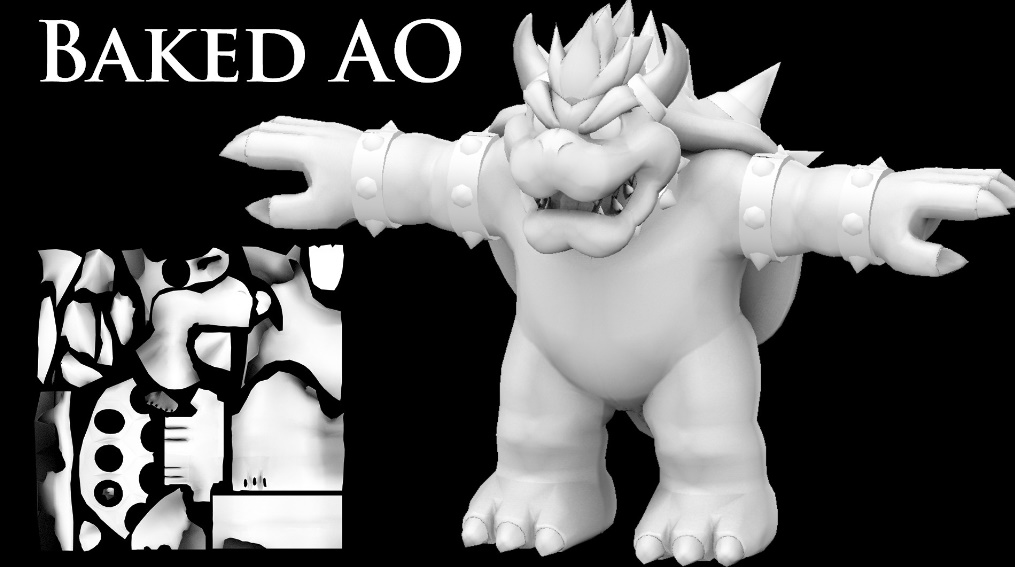
Alpha card
- coloquial term describing a texture with alpha, used most of the time to mimic fur/hair/brows/leaves and similiar objects, that are modelled on sumplified geometry, but contain a lot of transparency. Often used by character artists / foliage artists
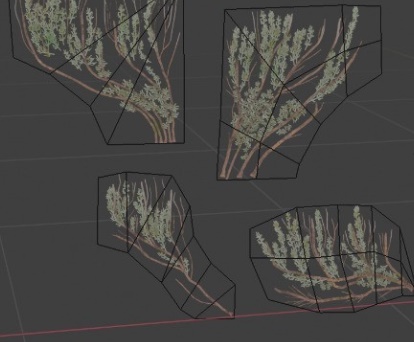
#B
Banding
- an unwanted effect on normalmap (or gradients in general), happening because there is not enough colors to make smooth transition from one color to another. Usually fixed by forcing dithering, or using higher BPP value.
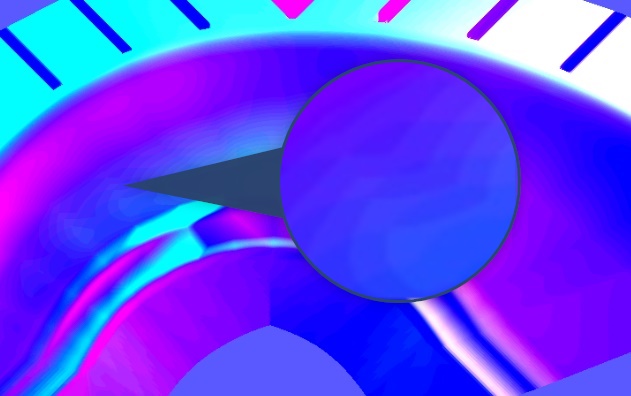
Baking, baking maps
- a process of rendering effects on 2d textures - most commonly used to describe transfering high detail data from highpoly to lowpoly models, as well ambient occlusion, curvature, thickness - there is a lot of map types. You'll often heard people talking about "baking normals", meaning they'll bake geometry normals from highpoly model. If someone say he'll bake some lightmaps, means they'll be baking light data to map/set of maps to make it more perfomance-wise, without using realtime lighting (Ambient occlusion map is example of light baked into texture - all those nice shadows in corners are pre-rendered, because calculating them on the go is expensive).
More about baking here: Getting best normalmap bakes
Basecolor
- sometimes used instead of Albedo - means the color of a surface, unaffected by light. A core component in PBR rendering/texturing - you want this surface component to represent just the color, without influence of light/shadow/specularity/roughness/ etc etc. If its yellow, its yellow on basecolor, and just because blue light makes it green, changes nothing. While packing maps for models, usually having _COL prefix at the end.
Binormal
Bleeding, color bleeding, mipmap bleeding, light bleeding - a term used to describe texture issue that happens when pixels from one part of the unwrapped mesh influent/mix/blend with pixels on different part - cause either by low resolution, wrong unwrapping, no padding/margin on textures, sometimes by incorrect light baking settings.
Blender
- a device used to blend things.
Booleans, boolean modelling
- modelling technique (often used with dynamesh when describing) based on adding/substracting shapes one from another, rather than modelling the shape from scratch. Most important advantage is timesaving, while disadvantage is very messy topology that require cleaning, and not perfect control over topology. Used in constructive solid geometry.
Brep
- acronym for Boundary REPresentation - basically what most people call "cad modelling" - you don't operate on polygons/verticles, but instead you create surfaces using lines/curves, and extrude/boolean them. Look how Fusion360 / Moi3d modelling looks like.
Bump map
- a very general term describing a map that stores information about distortion of surface normals of an object - it could be heightmap, normalmap, displacement map(this one affects actual geometry, not just light), flow map, parallax map - anything that is stored in a 2d space that influences surface normals of 3d object. Most commonly when someone say "bumpmap" they mean black and white image that makes surface of a model looks "bumpy" or more "noisey" - like a concrete for example, by changing its pixel height on texture (it doesn't modify actual geometry).

BPP - bit per pixel
- amound of bits you use to store pixel value, commonly its 8 bits for each channel (so R,G,B takes 24Bits, if you add Alpha channel, RGBA takes 32Bits) to store color information. With normalmaps, its more common to store (at least for work, not finished, engine-ready content) data in 16 BPP space, to fit more informations and prevent banding. Various crunch compression methods (like DXT or ETC for example) reduce amount of bits used. Interesting fact - in DXT compression, more bits go for Green channel (human eyes are better at detecting green colors/hues), and thats the reason lot of studios go with MRA channel packing, having roughness - the most detailed channel - packed onto green channel of map.
#C
CAD
- Acronym for Computer Aided Design, which means every work related to art you do on PC rather than with pen and paper - usually used incorrectly to describe BREP modelling style.
Chunk, UV Chunk
- same as UV island - a separate piece of unwrapped model [resent on UV map, can be one triangle, can be group of triangles/quads/ngons.
Collada
- file format (COLLA borative D esign A ctivity) used as an alternative to FBX to transfer 3d data between compatibile applications, without limitations of OBJ file - It could include skinning, animation, and physic, BREP data and morphs for example, while OBJ only stores polygonal data of models.
#D
DAE
- Digital Asset Exchange format that store data in XML format, look at collada for more thorough description.
Diffuse map
- Map/Texture describing color of the surface, with addition to shading/reflections baked into it - you can merge ambient occlusion pass to fake depth on the model, or highlight corners to give them fake shiny look - sometimes refeered to as an "old workflow" - as it was common to mix lighting data with color data in pre-PBR authoring methods.
Displacement
- technique that makes verticles of mesh change their position according to map/supplied parameter value, making it either higher or lowed from the original surface. Main difference between displacement and normalmapping/parallax mapping / bumpmapping is that actual geometry is changed, instead of just texture pixel data.
Displacement map
- a texture map with pixels representing values for displacement alghoritm, making geometry displace according to UV mapped data. Note that to see any kind of change you need actual geometry there to be displaced, so it works best on high-density meshes (if you map displacement texture to flat, 2 triangle plane, it wont get any displacement, because there is no verticles to displace except 4 corner ones)
Dithering
- a technique of using noise to hide banding / color changes on gradients, or blending phases with alpha - with high enough resolutions, making certain patterns of noise pixels, its possible to cheat eyes/brain into thinking that color transition is smooth, while its not.

Dynamesh
- Originally Zbrush technique often used in pair with boolean modelling, that makes a dense, more-or-less even topology on source geometry, allowing user to sculpt on that model with ease. While used with "Boolean-Dynamesh" technique, usually means making dense topology on model, so it can be easily smoothed on corners, making it suitable for baking maps to lowpoly.
#E
Edge
- a line between two points. Three edges (actually two, but you want to avoid it as its considered a bug/issue) or more are required to make a closed surface that can be shaded.
Edge Flow
- a general term used to describe "smooth/unbroken" way across edges on model.
#F
Fbx
- fileformat commonly used in 3d industry, Shortcut for FilmBox. Favoured for ability to transfer lot of additional informations alongside geometry, like lights, cameras, some modificators (like turbosmooth or skin) between applications and engines.
Flowmap
- type of texture map that indicates directions by colors, usually used in shaders, for example - it can tell shader which direction a water effect should animate, or water droplets fell off surface. Can be also used as direction for retopology alghoritms about flow of edges.
#G
#H
Hard Edge
- term used for edge that has split normals, meaning surface, while may be flat, doesnt share same normals, and is seen as two separate surfaces stick together.
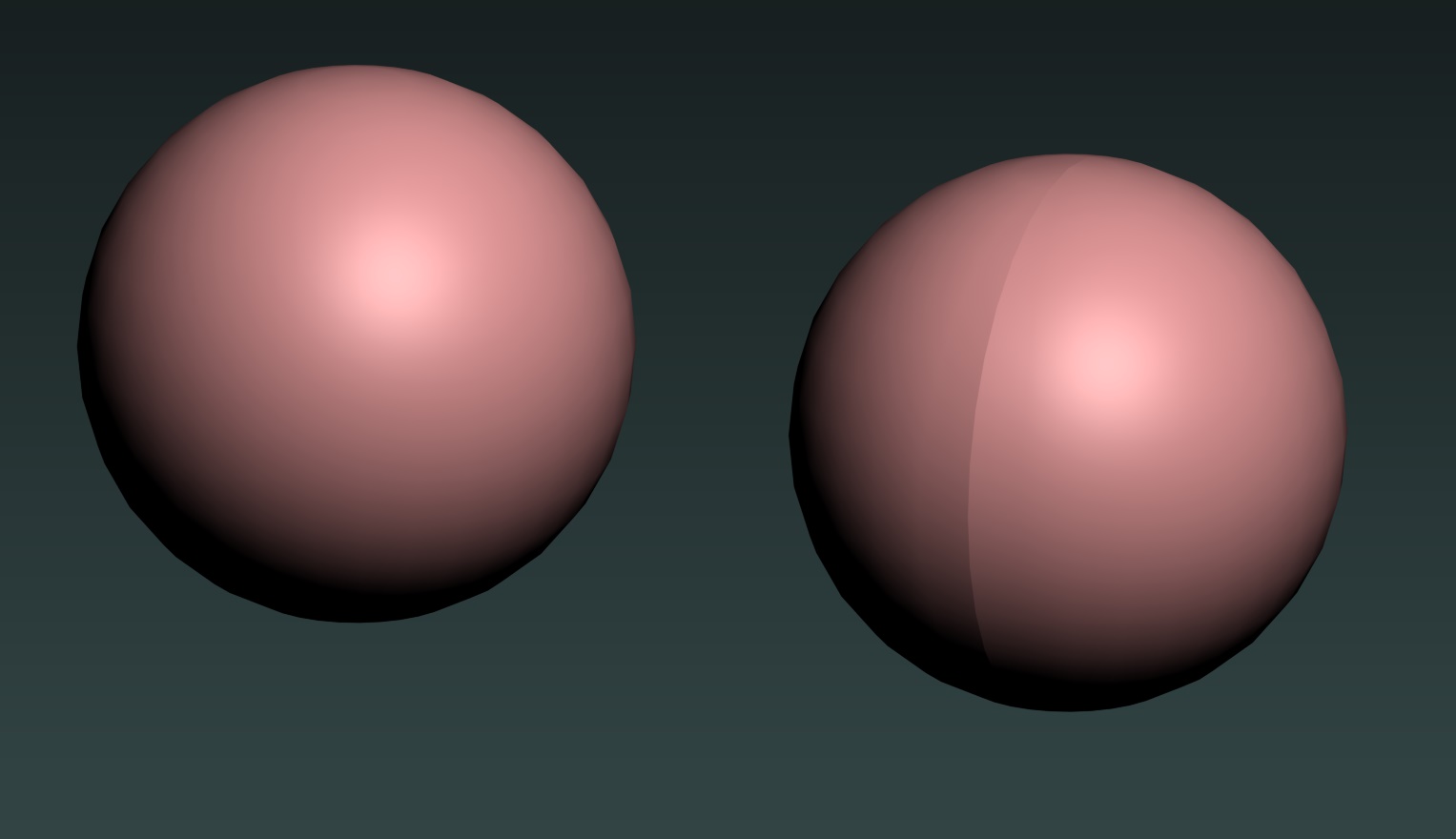
Heightmap
- map that pixel data indicate difference in height, used in various shaders / displacement effect. Dark pixel means lower, Bright pixel means higher positioned surface. Used for example in terrain generation or bumpmapping, where surface height difference occurs only in one axis thats perpendicular to the face.
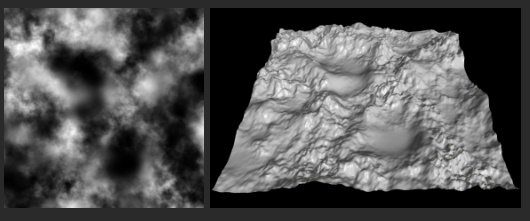
#I
Interpolation
#J
Jitter
Joint Surfaces
#K
#L
Lightmap
- sometimes called AO map or ambient map - a map that contains lighting information, usually stored inside 8Bit color space (so, a single gray channel), unless you need something like Directional normal map.
Lookdev
#M
Max
- Autodesk 3d studio max, modelling package, favoured mostly by modellers.
Maya
- Autodesk Maya, modelling package, favoured mostly by animators.
Megascans, quixel megascans
- colloquial name for photoscanned assets, available on Epics Megascan store - usually environmental, very realistic and very heavy in terms of geometry 3d models that werent modelled by hand, but "generated" from lots of 2d photos, using technique called photogrammetry (some assets are scanned using different ways, but thats another tale).
Metalness, metallic
- property of surface defining how conductive it is - while it should be either 0 or 1 (black or white, not grayscale) - as things are either conductive or dielectric (non-conductive), things like dirt or rust tend to be represented by grayscale values, which often cause problems in realtime engines, like unity or unreal (without help of clipping values to 0/1).
Metalness map
- a map that stores metal value of mapped surface, 0 beign non-metallic, white beign metallic. Used in PBR rendering, tied to IOR / Index of Refraction known from offline-renderers. Usually stored as component alongside other maps in RMA/MRA, or separately as 8bit grayscale, commonly using _MET suffix in name.
#N
Node, node-based
Normal
- in geometry, normal describes vector (line) thats perpendicular to given object type. For a face/quad/triangle/vertex, it'll be a line that shows facing direction of surface. Theyre extremaly important when it comes to shading models, and baking normalmaps.
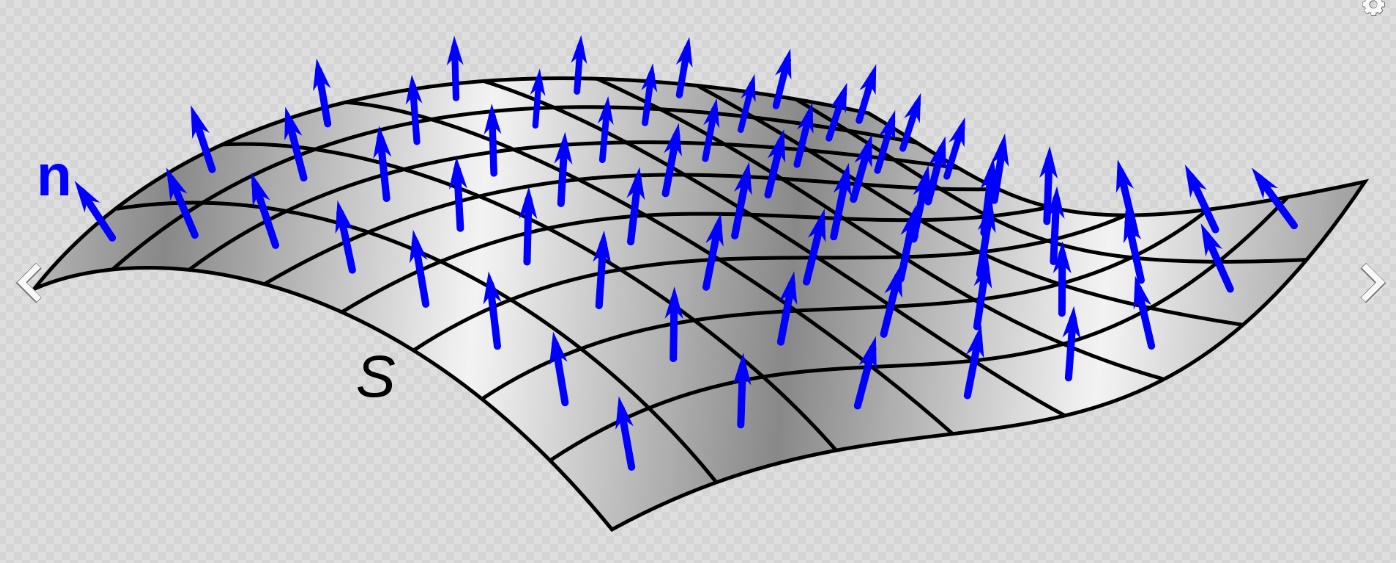
Normalmap
- Type of image map that stores normals(facing directions of pixels) on each separate channels (usually red for x-axis normals, green for y-axis normals, and blue for z-axis normals). In computer graphic, mostly in Gamedev, it helps with creating illusion of much more detailed surface, represented by simplified geometry.
Read more about how to bake best normalmaps here:
Getting best normalmap bakes, the post.
#O
Obj
- Wavefront Object file format - very popular in open source softwares, able to store simple geometry and material IDs inside. Materials itself are usually stored in MTL file thats exported/generated alongside it.
Offline Rendering
- rarely heard term, describing anything that is NOT realtime - if you need to press f9 and wait 10 minutes for one frame to render, you can consider it offline rendering (unless you play game at 0.01 FPS, then... then its just very slow) - usually outputs of offline renderings are used later, be it as a source material/ingrdient of realtime-application, or part of a movie that will be played in 60frames per second, even if rendering it took 2 months.
#P
Packmap, packed map
- term used for a map that is composed of various sub-maps describing different things (so technically normalmap is packmap as well), usually multiple 8 bit channels with data into one 24/32 bit image, which while might look odd, stores valuable informations for engine/renderer. A most common example would be RMA / MRA map - RMA means [R]oughness, [M]etalness, [A]mbient data separated to channels of texture - Red, Green, Blue (and alpha if used). MRA is [M]etalness, [R]oughness, [A]mbient - different order of data, there is a reason for storing Roughness on green, but its too technical, so maybe another time (its about how DXT textures are compressing channels)
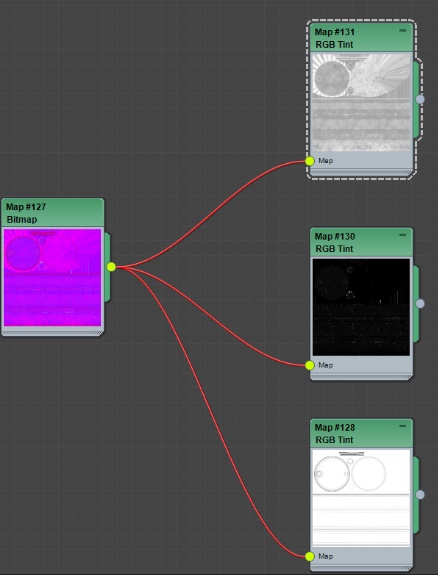
Padding - texture padding, margin, uv margin
- a distance between uv chunks on UV map, maintained to prevent texture bleeds from one pixel group to another one on UV pieces that are too close to each other. Pixel data is usually generated automatically when baking or exporting textures, according to given value in software of choice. Commonly used padding value for map resolution goes as:
4096x4096 px map = 16 ( total between islands, so 8 per uv island/chunk)
2048x2048 px map =8
1024x1024 px map = 4
512x512 px map = 2
256x256 px map = 1
128x128 px map and below = 1
But depending on your use case and how aggressively you mipmap textures, you may tweak these values.
Read more about padding as well other baking-related uv techniques here:
Getting best normalmap bakes
Photogrammetry
Polygon
- poly + gon, sometimes used in place for n-gon - means a surface object defined by verticles and edges, often are filled using triangles to give it a solid look (opposed to wireframe look).
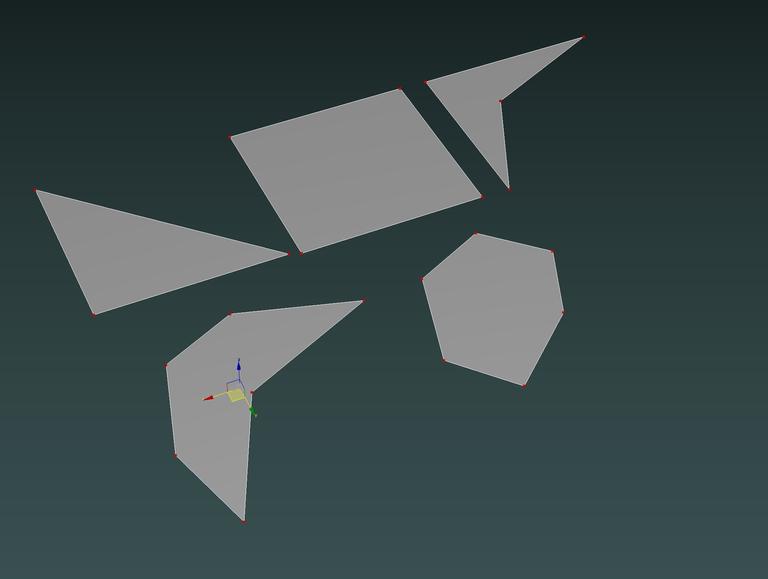
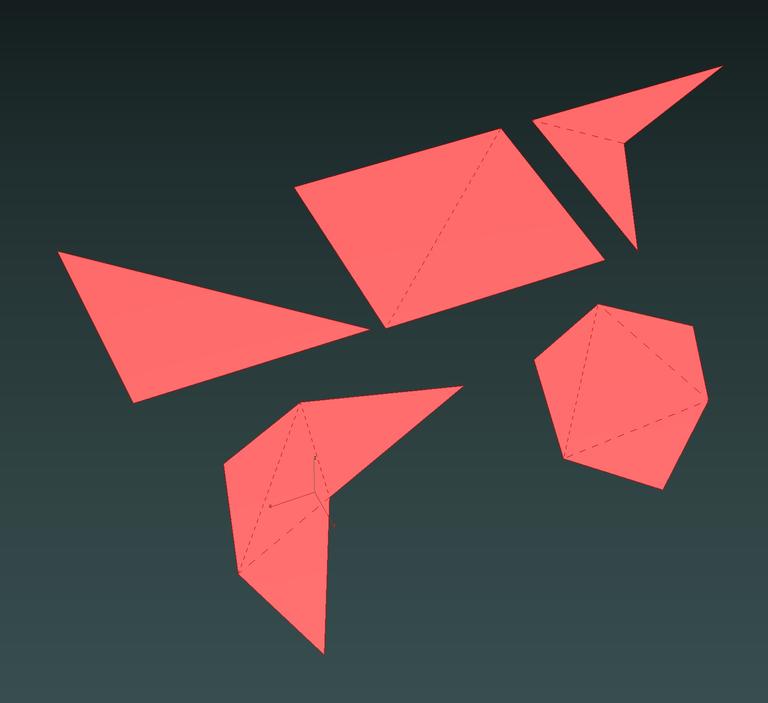
Polymodelling
Post-Processing, postpro
- term used for any tricks/work done after rendering is done - this applied both to offline rendering and realtime rendering - an example of postprocessing of render would be color correcting, or adjusting curves, or even adding a watermark - you didnt rendered it at first pass, you "added it in postpro" - you can also fix some minor issues during postpro, if you notice that 48h render have a screw that you forgot to hide, you can erase it in 2d software, and call it "removed in postpro".
Pixel Per Meter, PPM
#Q
Quad
- a geometric surface created from two triangles sharing one edge - could be named a square, but difference is, square could be made from multiple quads, and if you use term "quad", default thinking is "two triangles"
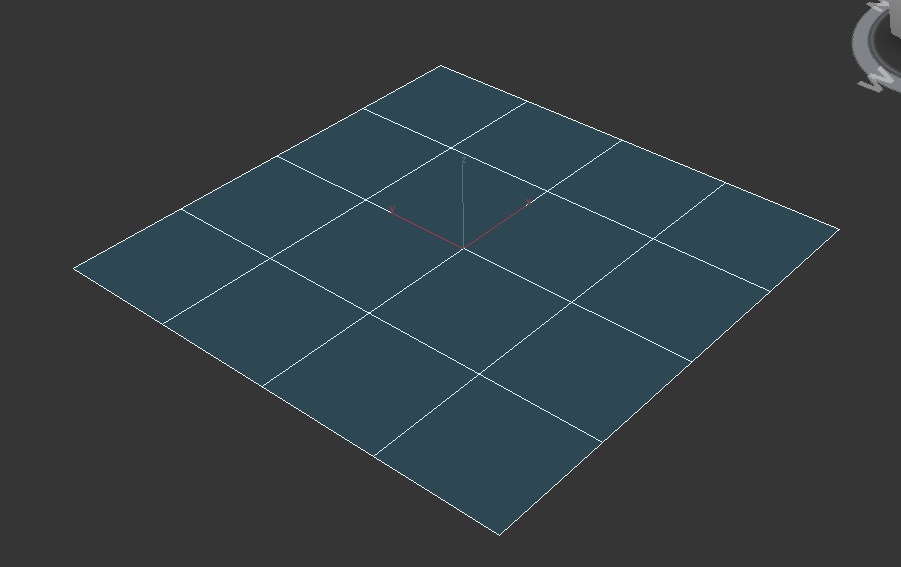
#R
Realtime rendering
- term used to describe anything that is shown directly via engine or viewport, without need of "offline" pre-rendering/calculating, coloquially anything that dont require waiting for end-result - a game can be realtime, but so does a movie - cutscenes made on game engine are often show in realtime. Changes in your viewport can be also called beign realtime - unless you start pre-rendering parts of your models, like ambienc occlusion or simulating particles.
Roughness
- term defining how "rough" a surface is, usually used to describe how well it reflects light. 0/black color on roughness map - rough surface (like concrete) will be worse reflector than smooth surface (1.0/255/white on map, like glass) - its very simplified example though, as it affects how light is diffused on surface, more rough means less reflected light.
Roughness map
- a map that stores roughness information, usually in 8bit space. Either component of RMA / MRA map on dedicated channel, or saved as grayscale, 8bit map with suffix of _RGS
#S
Smoothgroups
- Autodesk 3ds max specific term for mesh normals affecting surface, by splitting/unifying smoothgroups you affect vertex normals and create smooth/sharp transition between surfaces.

Smoothness
- Same as roughness, but values are inverted - the more white / the higher value, then surface is more smooth, hence diffusing less light and reflecting more.
SSS - Sub Surface Scattering
- Sometimes called subsurface light transport (SSLT) - Technique used to represent things that are partially transparent/partially absorbing light, like skin or wax - light doesn't reflect through them completely, but instead lit up to certain depth.
Subdivision Modelling, Sub-d
- High poly modelling technique that rely on using subdivision alghoritms - basically, dividing each quad (...its important that model is in quads, not triangles/ngons, at least on non-flat surfaces), and averaging the normals. By dividing and averaging quads, rounded surfaces can be created, which are perfect for high poly models that are then baked onto lowpoly.
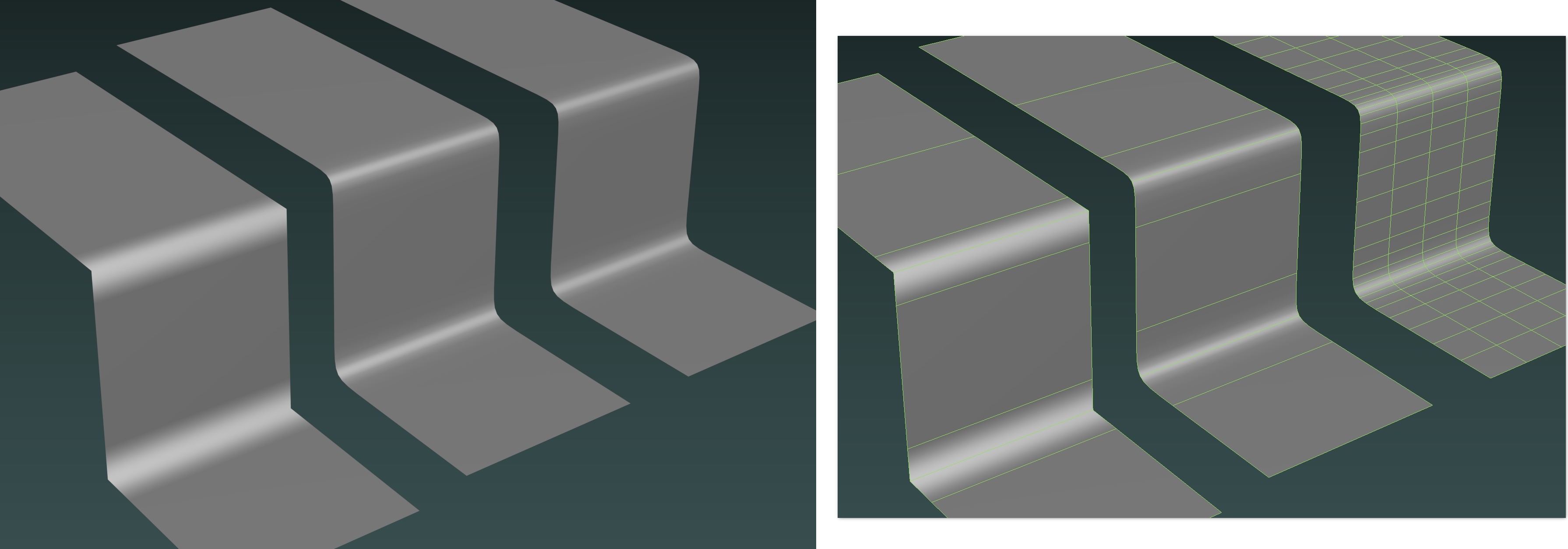
#T
Tangent
Tangent space
Tiled, tiled texture
Triangle
- simplest 3d surface you can get in 3d modelling application - three points, three edges, surface with normal between them. From triangles everything in 3d is modelled, so if you see a Quad, its 2 triangles in reality. Same goes for ngons.
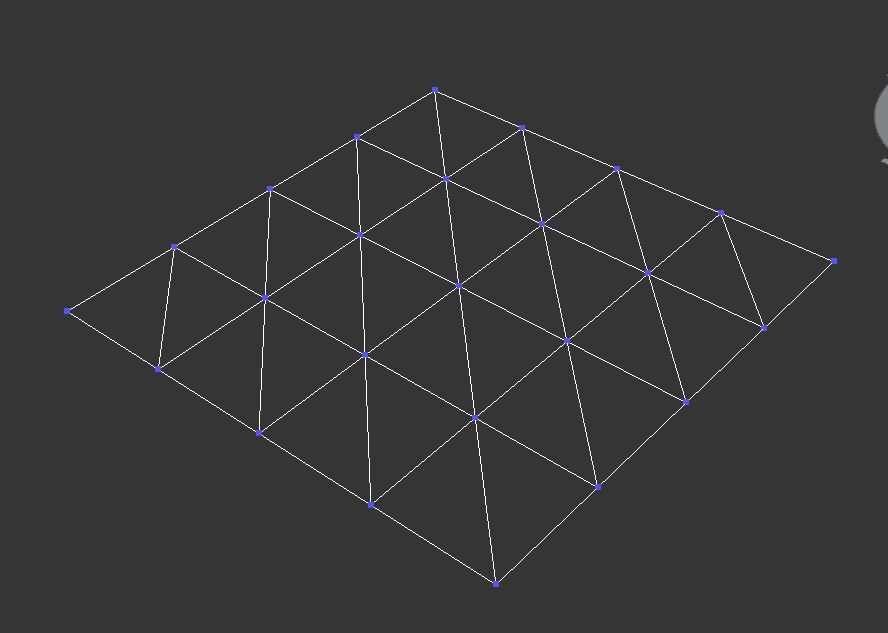
Trim sheet
Texel
Texel density
#U
UV map
- a representation of 3d shape "unfolded" in 2d space (mind-blown - UV means U and V coordinates, similiar to XY or XYZ (then were talking about UVW map) ) - usefull when you want to paint details on your 3d model - its easier to make a circle on 2 dimensional space instead of 3 dimensional space.
Unwrapping, unwrap
- process of "unfolding" a 3d model on 2d space - think about it like reversing an origami or gluedpaper model - you have a box, and you end up with 6 squares on flat surface.
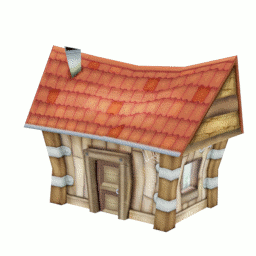
#V
Vector
#W
#X
#Y
#Z
Zbrush, Z, zergbrush
- 3d Sculpting software that uses clever rendering technique to allow user to work on very very highly detailed surfaces - commonly used by character artists
Please note that this is 3d-content focused explanation, so some terms could have slightly different meaning in other fields (like banding or dithering). At some point, images with examples will be added under definitions, but it takes lot of time to make certain examples, and i dont want to steal ones from random places over internet.
I've spent quite a lot time making this list (and updating), so at least try not to steal from it blatantly, and instead of copying everything, link people here. My english is bad enough to be recognisable anyway.
This post will be updated along with new terminology I'll be asked about, feel free to ask in comments as well, or folks who are here via discord server / forum, you know where to find me. If youre going to flex about how much you know about 3d big words, at least check if youre not doing it before author of this post
Edit - I've learned how to make table of context, so it should be much easier to use.
